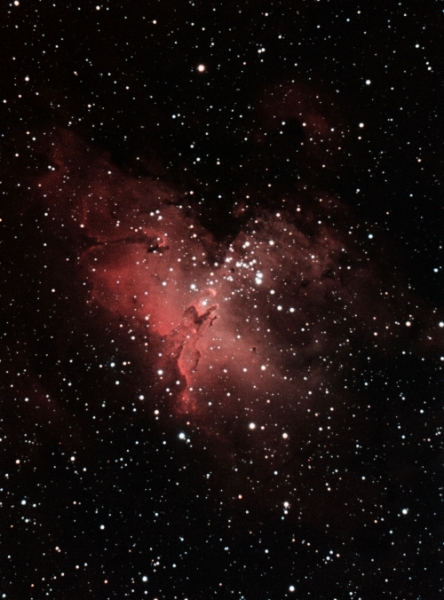Bryan took some of these photos with a Canon 7D camera which makes the image high resolution for astro-photographs. For the past few years, he has been using a QHY165C, One Shot Color CMOS Camera. All of these photos were taken using an 8″ Celestron Schmidt-Cassegrain optical tube on an a computerized Celestron CGEM mount controlled by PHD2 software running on a laptop which tracks the movement of the celestial objects so each time-lapsed exposure remains relatively sharp.
The photos are captured using a program called BackyardEOS and Astro-Photography Tool which both allow for long exposure photos that can be automated through the night until the sun rises. Once the system is set up, it can be left unattended for several hours, snapping photos from 120 seconds to 500 seconds each. The laptop computer tells the telescope mount the direction and speed to move so the targets stay perfectly centered in the view for the entire exposure duration. Any errors in how the system is set up and aligned show up as stars with trails behind them or blurry photos. Once a stack of photos is taken, a program called PixInsight combines the images and makes them super sharp and detailed. The more photos that can be stacked, the less nose will exist because more light can be gathered. If there is too much light pollution from the nearby town lights or due to a moon, then the images are often unusable.
